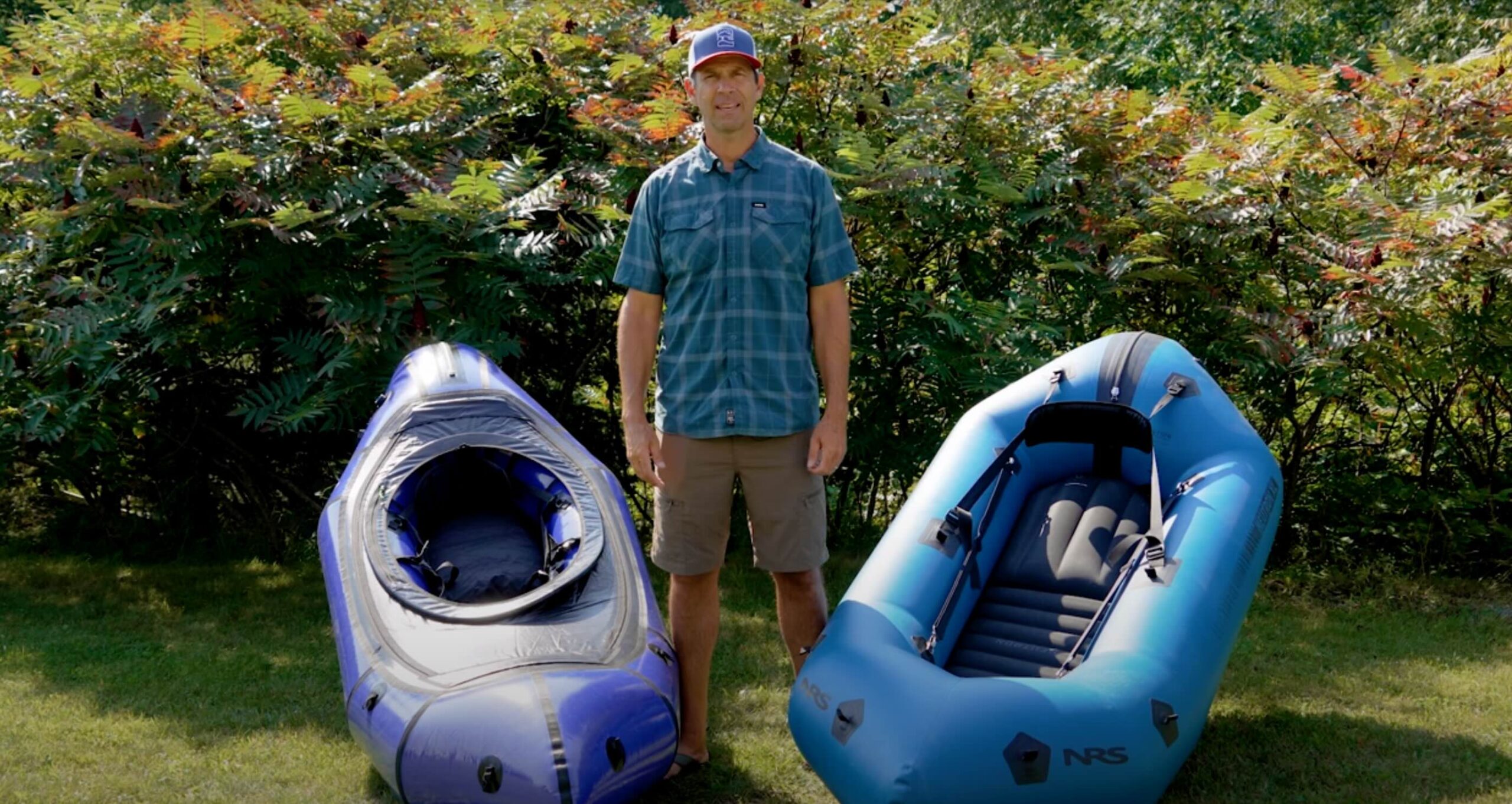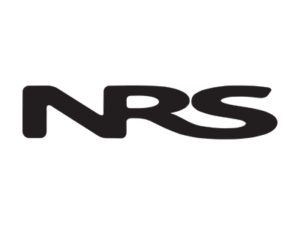Over the past five years, I've tested and reviewed almost one hundred different paddle craft. Amazingly, it wasn't until this year that I tried a packraft – and so I tested and reviewed two very different packrafts – the Alpacka Expedition and the NRS Neutron. In this article, I'm going to break down their differences, with the goal of helping you decide which is the right packraft for your needs.
The Alpacka Expedition: Built for Serious Whitewater
The Alpacka Expedition is the go-to for paddlers looking for a performance driven all around boat that can handle challenging conditions. At just 8.4 lbs, it’s lightweight and highly portable. But, what makes the Expedition unique is the deck system. You can get the boat with either a fixed or removable deck. Either way, it's designed to be used with a spray skirt (which comes with the boat), to prevent any water from getting inside the cockpit. This is one of the key features that makes the Alpacka Expedition packraft ideal for paddling in more technical, challenging whitewater environments—up to Class IV rapids.
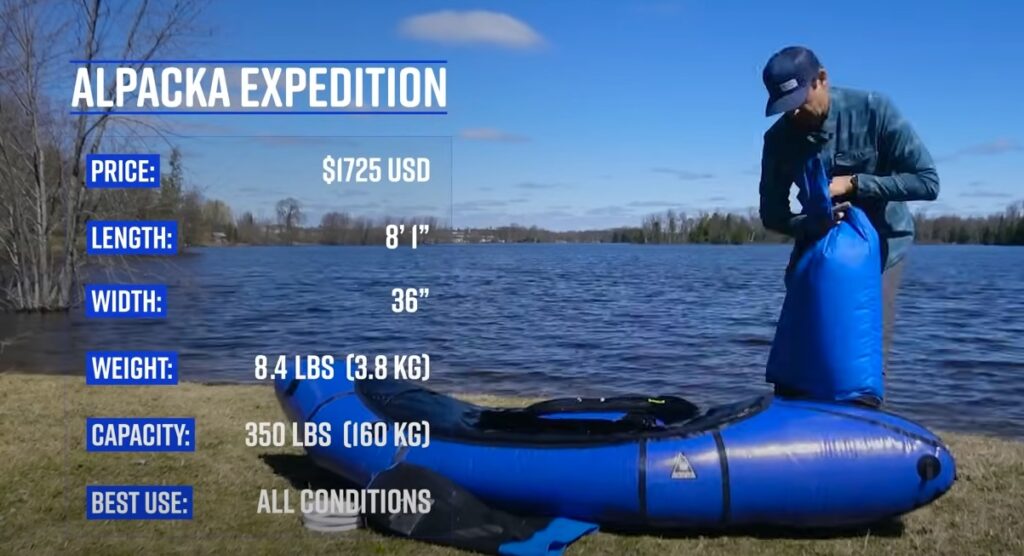
Comfort and Control with the Alpacka Expedition
One of the strengths of the Alpacka Expedition is its outfitting. The boat features a high-performance back band for support, high-peformance adjustable thigh hooks, and an inflatable foot brace. These features give you a snug fit and great control, making it a boat that any whitewater enthusiast should consider.
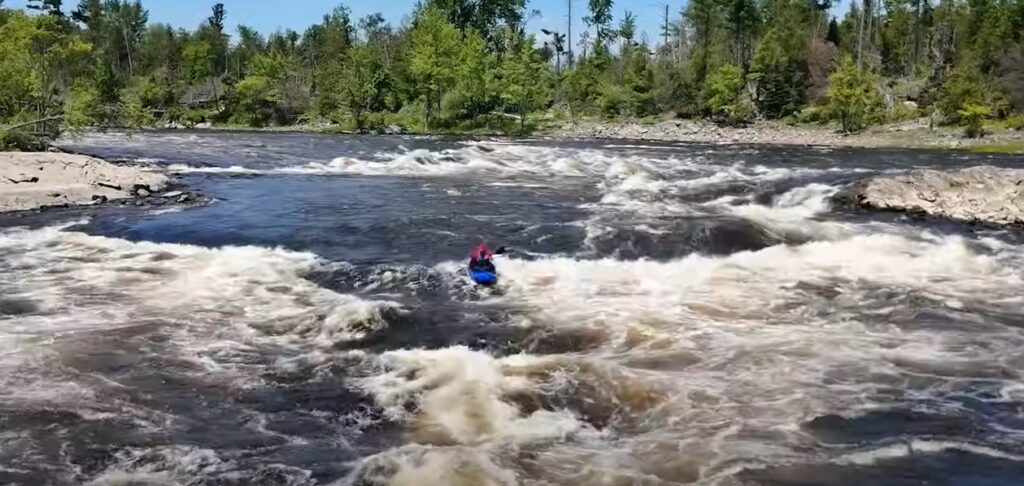
Durability of the Alpacka Expedition
The Alpacka Expedition is what I would consider to be a moderately durable packraft. The floor is constructed with a highly durable 840 denier nylon that is TPU coated on both sides. The main body of the Expedition is constructed with a much lighter, 210 denier nylon, which is only TPU coated on the outside. The benefit of this material is a significant weight savings, and so this boat is designed for paddlers who are willing to sacrifice some durability for weight savings and performance.
The NRS Neutron: Durability Meets Versatility
The NRS Neutron is another fantastic all-rounder that stands out for its durability. Weighing in at 12.2 lbs, it's about 50% heavier than the Alpacka. The additional weight is a result of the Neutron using a heavier duty material for the main body. More specifically, the main body of the Neutron is made from 420 denier nylon, which is TPU coated on both sides. This makes the Neutron extremely tough and resistant to wear and tear, but this durability is also what makes the boat 4lbs heavier than the Alpacka Expedition.

A Self-Bailing Packraft
One of the big differences between the Neutron and the Expedition is that the Neutron doesn't have a deck that can be used with a skirt to keep water out of the cockpit. The Neutron is a self-bailing packraft, which has an inflatable floor with holes beneath it, so water that enters the boat will drain out automatically. While this still allows the Neutron to tackle whitewater, it can only reasonably be used in whitewater up to Class III, whereas the Alpacka Expedition can be used in whitewater up to Class IV because of its decked design.
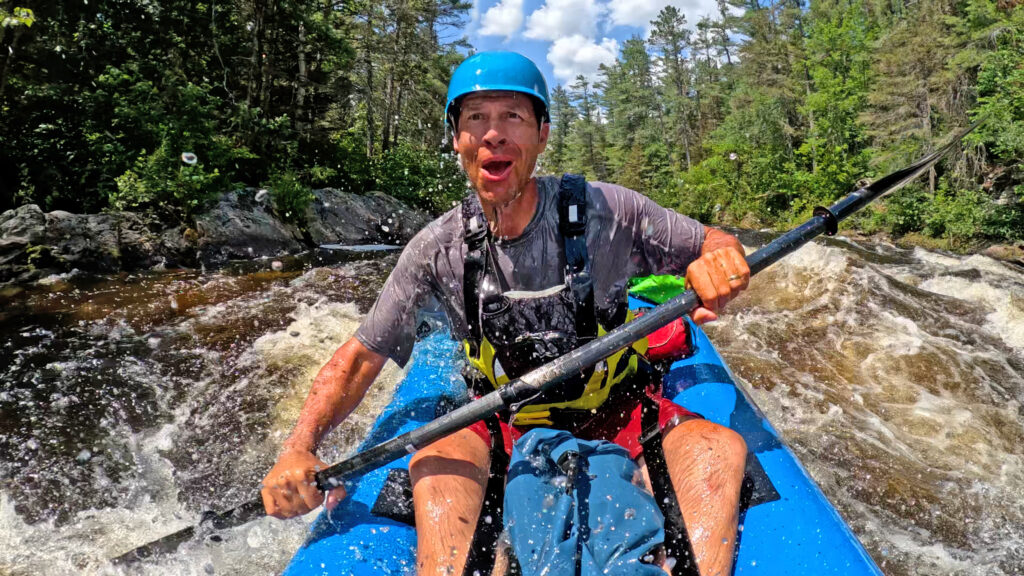
Is the NRS Neutron Comfortable?
The Neutron’s outfitting is solid. It features a high-performance backband and basic thigh hooks that can easily be upgraded. Unlike the Alpacka Expedition, it lacks a foot brace, which results in a slightly looser fit.
Comparing Materials, Weight, and Durability
One of the key differences between these two packrafts is the material. The Alpacka’s lighter 210 denier nylon hull means it’s about 4 lbs lighter than the Neutron, but that weight saving comes at the expense of durability. The NRS Neutron’s 420 denier nylon hull has dual TPU coating, giving it superior resistance to wear and tear.
Features for Multi-Day Trips
Both boats share some useful features for adventurers who plan on multi-day paddling trips. They each have a stern TIZIP zipper. The zipper allows you to store gear inside the boat, along with internal tie-down points to keep that gear secure. However, one thing I’d love to see improved on both models is the addition of more external tie-down points. Tie down points particularly in the stern would be helpful. This would make it easier to secure gear that you don’t want to store inside the boat during the day.
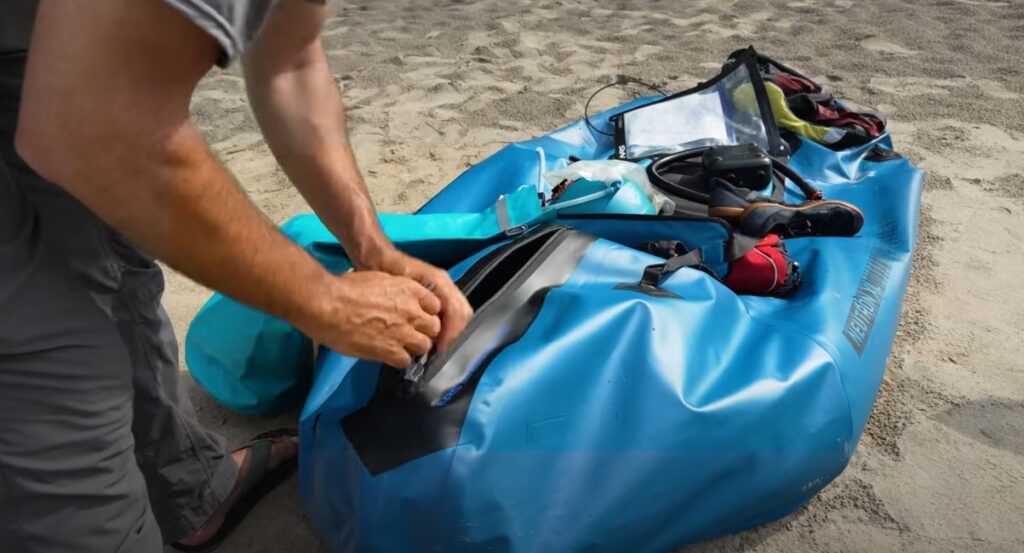
Packraft Pricing: A Key Consideration
One of the biggest differences between the Alpacka Expedition and the NRS Neutron is the price. The Alpacka Expedition retails for $1,725 to $1,825, depending on whether you choose the removable or fixed deck. In comparison, the NRS Neutron is much more affordable, ranging from $1,150 to $1,200. That’s a $500 to $600 difference.
For that extra money, the Alpacka gives you a high-performance deck system (with basic skirt), thigh hooks, a foot brace, and a lighter weight. On the other hand, the Neutron offers better durability.
Who Should Choose the Alpacka Expedition?
The Alpacka Expedition is designed for paddlers who want a high-performance all-around packraft that can tackle tough, technical whitewater up to Class IV. If you’re planning long backcountry expeditions where weight is a critical factor, or if you need a boat that will perform in challenging conditions, the Expedition is the right choice for you. It’s also for those who are willing to invest more in a lightweight, feature-rich packraft.
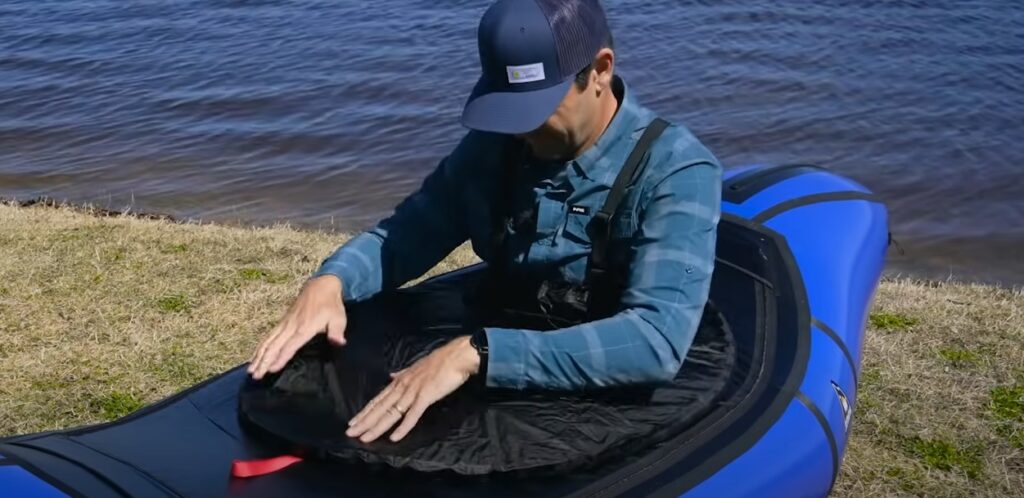
Who Should Choose the NRS Neutron?
The NRS Neutron is an ideal all-around packraft for paddlers who value durability and versatility. If you’re looking for a tough, reliable boat that can handle flatwater and rapids up to Class III, the Neutron is an excellent choice, and significantly cheaper.
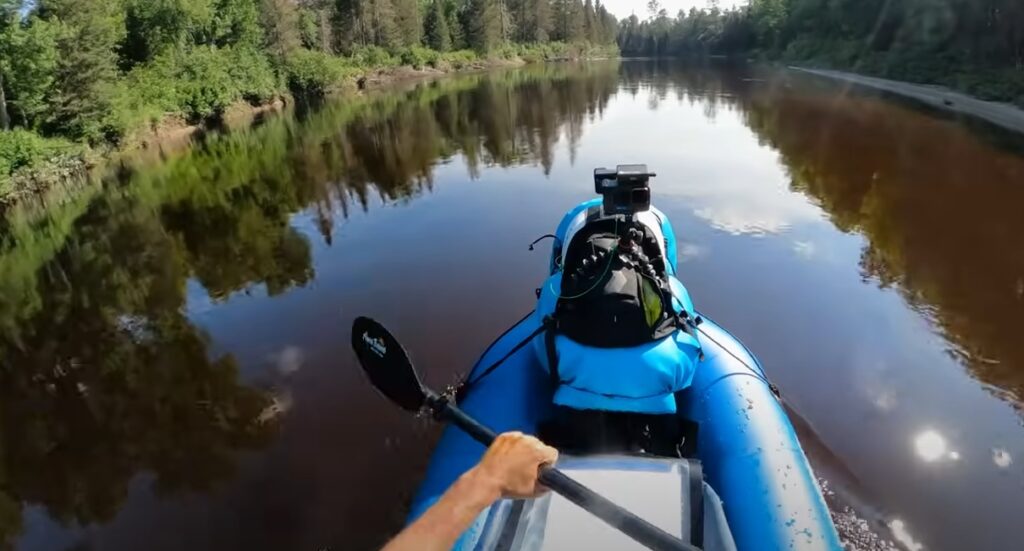
In the end, both of these boats are high quality boats. The choice comes down to what you prioritize—weight savings and whitewater performance, or durability and price.
If you want to dive deeper, check out the full reviews and adventures I’ve taken with both of these boats on PaddleTV, and be sure to subscribe for more gear reviews and paddling tips!



